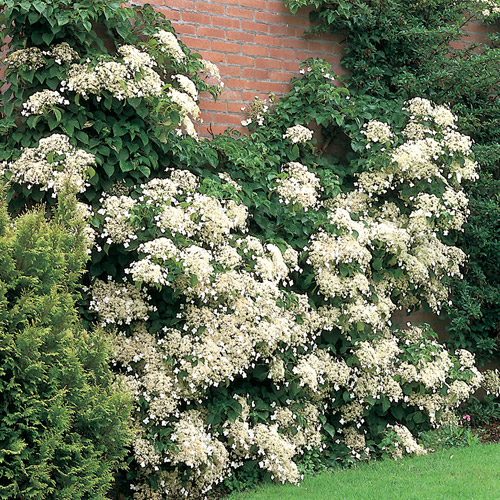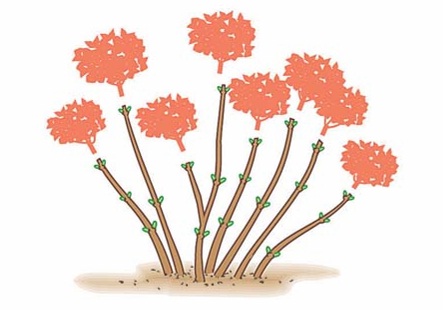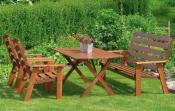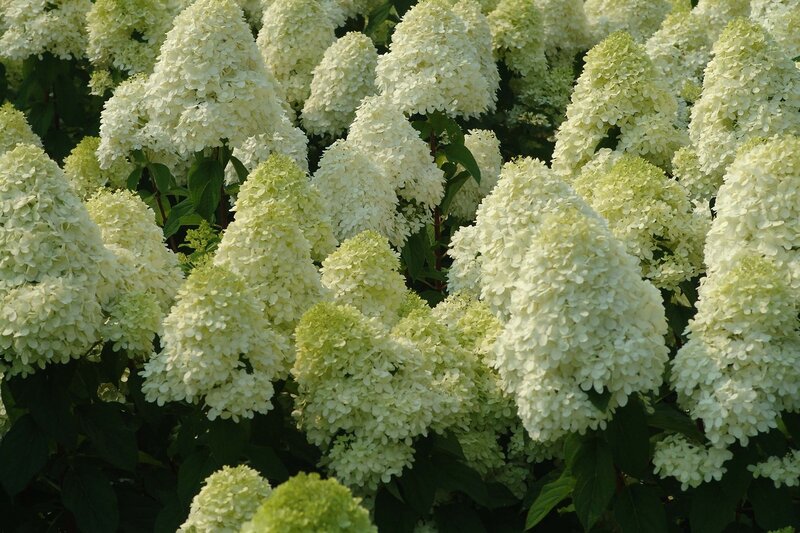Search
Login
Hydrangea, planting and care
Blooming hydrangea will decorate a small garden or front garden, even in partial shade this deciduous shrub, with large inflorescences, turns the garden into a beautiful fairy tale.
Content
- General information video
- Large leaf hydrangea
- Pot hydrangea
- Hydrangea loves moisture video
- Hydrangea video
- Panicle hydrangea
- The mystery of blue coloring
- Curly hydrangea petiolate
- Hydrangea treelike Invincible Spirit
- Proper pruning hydrangea video
General information
By all accounts, hydrangea is considered one of the most beautiful flowering shrubs.

Garden hydrangea bushes planted in a row can form hedgeLooks great when framed by garden paths.
Many varieties of garden hydrangeas feel great both in the sun and in partial shade.
Large leaf hydrangea
The most popular among garden hydrangeas, large-leaved hydrangea is deservedly used. Lush spherical inflorescences, beyond which even a well-groomed garden will decorate almost invisibly foliage.

In many Western countries, large-leaved hydrangea is a favorite of the rural garden; its spectacular inflorescences adorn the bush until autumn.
This flowering shrub looks great in a group of flowering perennials, thereby emphasizing its color accents.

Many varieties of large-leaved hydrangea feel great both in the sun and in partial shade. In the climatic conditions of Russia, many problems arise due to the preservation of flowering shrubs in cold weather. After establishing a stable negative temperature, all shrubs take shelter (compost is poured to the rhizomes, 15-20 cm high, all of this is covered with lutrasil and lapinned). It’s very good to cover the bushes with snow for the winter, for this you need a shovel for snow removal. Modern shovels are lightweight and even a teenager will be able to snow up the top of the bush.
Pot hydrangea
Pot hydrangea is a derivative of large leaf hydrangea, but it is an absolute sissy.

In the summer months, outdoors, potted hydrangea can live only in the shade, it has a variety of varieties and colors.
At the first frost, potted hydrangea requires reliable shelter, it is necessary to move it to a winter garden or a cool room.
Hydrangea loves moisture
Hydrangea has a generic botanical name Hydrangea - which means a water lover in Greek.
Indeed, these beautiful shrubs need moist soil, and in the dry summer period they need to be constantly watered.
All hydrangeas love acidic soil.
Hydrangea
Bushes of hydrangea tree-like (H. arborescens), have snow-white balls, this shrub is gaining popularity from year to year.

This type of shrub has a great advantage: it can be in the shade for a long time. By the middle of summer, huge balls of inflorescences with a diameter of up to 25 centimeters appear.
Gradually, fading, the inflorescences acquire a pale green color, but do not fall for many more weeks, the bush seems to doze, creating a romantic atmosphere.
Panicle hydrangea
Panicle hydrangea belongs to the classics of the hydrangea garden group.
Flowering begins in the form of pristine white flowers, gradually they are covered with a reddish bloom.
This hydrangea blooms from August to September, its late flowering has its own charm.
Various varieties of panicled hydrangea differ in the size and shape of inflorescences, flowering time and density of large sterile flowers.
Hydrangea Kyushu has a very strong aroma.
The mystery of blue coloring
The blue color of the flowers depends on the variety of plants and on the aluminum content in the soil.

That is, in order for blue hydrangea to retain its unusual color, it is enough to mix aluminum sulfate into the water once every two weeks.
But hydrangea can consume aluminum only from acid soil with an acidity index of 4 to 5.
It is best to grow blue hydrangea on garden soil designed specifically for rhododendrons.
Curly hydrangea petiolate

All of the above hydrangeas perfectly develop in the neighborhood with other plants, but curly hydrangea petiolate is a pronounced individualist, prefers planting in supporting high wall, she clings to the stone or wooden walls with air roots, creating a continuous carpet with a huge number of inflorescences.
Hydrangea treelike Invincible Spirit
This variety was obtained in the USA, the inflorescences of hydrangea tree-like, wintering excellently in Russia, were only white, greening as they bloom, but each grower wanted to have a pink hydrangea variety, but it does not winter well with us.

The new American variety, Invincibell Spirit, has inflorescences when blooming in dark pink, then changes color to bright pink.
As with other forms of tree hydrangea, flowering occurs on young shoots - this guarantees flowering even in the coldest winters.
If, after winter, shoots are preserved, the bush forms many small, 15-20 cm in diameter inflorescences, and with strong pruning, large inflorescences up to 30 cm in diameter, but their number is smaller.
Breeders promise re-flowering, this extends the total flowering time to 4 months - from June to September.
The bush of a new variety has a height of 1.2 meters, the diameter is slightly larger.
Growing agricultural technology is the same as for hydrangea tree.
Proper pruning hydrangea
Often amateur gardeners are faced with the problem of rare hydrangea blooms.
In order for hydrangea to bloom profusely, it is necessary to correctly produce shrub pruning.

Since hydrangea is large-leaved, flower buds are laid on the shoots of the previous year, this means that these shoots need to be preserved in the winter, and in the spring you need to cut only the frozen and dry tops of the shoots.

Panicled hydrangea, on the contrary, forms blooming buds on the shoots of the current year, which means that in spring the branches can be shortened by almost 2/3 and thereby stimulate flowering.
If the bushes are not cut, they grow rapidly, flowering worsens.

Tree hydrangea also blooms on young shoots and pruning of old branches, almost at the root, stimulates the formation of new shoots and abundant flowering.






